
How to Layer Bedroom Lighting Like a Pro: Creating Ambiance and Functionality
Share
Table of Contents
- Why Layered Lighting Is Essential for Modern Bedrooms
- The Science Behind Lighting and Mood
- Common Mistakes in Single-Source Lighting
- The Three Core Layers of Bedroom Lighting
- How to Plan a Layered Lighting Scheme
- Best Lighting Fixtures for Each Layer
- Combining Style and Function in Fixture Selection
- Smart Lighting Tools to Simplify Layered Setup
- User Stories: Real-Life Bedroom Lighting Transformations
- Frequently Asked Questions (FAQ)
- Conclusion: Design a Bedroom That Feels Balanced and Brilliant
Why Layered Lighting Is Essential for Modern Bedrooms

According to a 2025 study by the International Association of Lighting Designers (IALD), rooms with layered lighting scored 38% higher on occupant satisfaction in terms of comfort, usability, and visual appeal. The research also highlighted that layered lighting improves sleep quality and reduces eye strain—a win-win for health and aesthetics.
🗣️ User Story:
“Once I added ambient lighting under the bed and task lighting for reading, I stopped getting those awful post-work headaches. It’s not about more lights, it’s about the right ones.”
— David P., Homeowner in Austin, TX (via Houzz)
The Science Behind Lighting and Mood
Lighting affects more than just visibility—it shapes our biological and emotional responses. Warm lighting (2700K–3000K) promotes relaxation and prepares the body for rest, while cooler tones (4000K–5000K) enhance alertness and focus.
In a report by the Lighting Research Center, subjects exposed to improperly layered lighting (too harsh or poorly positioned) reported 20% lower satisfaction scores and increased difficulty winding down in the evenings.
Here’s a quick breakdown:
| Color Temperature (Kelvin) | Mood Impact | Recommended Use |
|---|---|---|
| 2700K (Warm White) | Calming, cozy | Bedtime routines, ambient use |
| 3000K–3500K (Neutral Warm) | Comfortable, inviting | Reading nooks, task lighting |
| 4000K+ (Cool White) | Alertness, clarity | Vanity mirrors, work zones |
💡 Expert Insight:
“Layering light correctly isn’t about adding complexity—it’s about giving your room a rhythm that matches your life.”
— Catherine Li, Senior Lighting Designer, Illuminet Studio
Common Mistakes in Single-Source Lighting
Despite being easier to install, relying solely on overhead lights is one of the most common lighting mistakes in bedrooms. A single central fixture can create harsh shadows, glare, and eye strain, especially in multifunctional rooms.
🔻 Common Pitfalls:
- Only using cool, white ceiling lights
- Lack of dimming options or task-specific fixtures
- Ignoring the impact of reflective surfaces and shadows
🧠 Community Note (Reddit /r/InteriorDesign):
“I thought a chandelier was enough until I started working from bed during winter. No bedside lamp meant straining my eyes every evening.”
To truly elevate the space, designers now recommend at least three sources of light per room, each with a clear purpose: ambient, task, and accent.
The Three Core Layers of Bedroom Lighting
Layered lighting is built around three distinct layers, each playing a critical role in shaping mood and function.
Ambient Lighting: The Foundation Layer
Ambient lighting is the room’s primary light source—it fills the space and provides general visibility. This layer should be soft and even, preventing dark corners or harsh contrasts.
Common fixtures include:
- Ceiling-mounted flush lights
- Recessed can lights
- Pendant lighting (with diffusers)
🔎 Case Study:
A 2023 IKEA customer survey showed that customers using diffused ambient lighting reported 25% better mood regulation during seasonal changes.
Task Lighting: Precision Where You Need It
Task lighting supports specific functions such as reading, dressing, or journaling. This layer prevents eye fatigue by delivering focused light where it’s needed most.
Popular task lighting options:
- Bedside table lamps
- Wall-mounted reading sconces
- Adjustable floor lamps
- Vanity or mirror lighting
💬 User Feedback from Wayfair:
“The swing-arm lamp was a game-changer for me. I read every night now without bothering my partner.”
Make sure task lighting fixtures are directional and dimmable, especially in shared bedrooms.
Accent Lighting: Bringing Mood and Magic
Accent lighting adds the finishing touch to a bedroom lighting scheme. Its main role is to highlight architectural features, artwork, or create a specific mood-enhancing glow. While it’s often the most decorative layer, it plays a crucial functional role in emotional ambiance.
Examples of accent lighting:
- LED strip lighting under beds or shelves
- Picture or wall wash lights
- Cove lighting and recessed perimeter fixtures
- Smart color-tuning bulbs for setting “mood scenes”
🌙 Interior Designer Tip:
“Accent lighting lets you personalize your space. A softly glowing headboard or warm cove light can make a bedroom feel like a spa.”
— Renee Hastings, Lighting Consultant at Design Within Reach
A popular 2025 trend is integrating smart accent lights with presets for “wind down,” “wake-up,” or even “romantic evening” settings—controlled via app or voice command.
How to Plan a Layered Lighting Scheme
Creating a layered lighting plan may sound overwhelming, but it begins with understanding how your room is used. Once you map out activities and mood preferences, selecting fixture types becomes much easier.
Assessing Room Function and Layout
Ask yourself:
- Do I read in bed?
- Is there a workspace in the bedroom?
- Do I share the room with someone with different lighting needs?
Break your room into zones—bedside, wardrobe area, reading nook, and vanity space—and ensure each has appropriate lighting coverage.
Choosing Fixtures Based on Lighting Roles
Use this matrix to guide your selection:
| Room Zone | Lighting Type Needed | Recommended Fixtures |
|---|---|---|
| Bedside | Task + Accent | Sconces, dimmable table lamps |
| Closet / Wardrobe | Task | Overhead strip lights, puck lights |
| Overall room area | Ambient | Ceiling flush mount, fan light |
| Vanity / Mirror | Task | Side-mounted mirror sconces |
| Reading corner | Task + Ambient | Adjustable floor lamp, wall light |
Using a Lighting Plan or Design App
Apps like Roomstyler, HomeByMe, or even Lutron’s MyRoom platform can help you visualize your bedroom layout with different fixture types and placement.
📱 Pro Insight:
“A lighting layout tool helps avoid costly mistakes and ensures your layers work together—not against each other.”
— Michelle Roth, Certified Lighting Planner
Best Lighting Fixtures for Each Layer
Let’s match the right fixture types to their ideal lighting role.
Ceiling Fixtures: Flush Mounts, Pendants, and Fans
These provide your primary ambient light. Go for diffused shades to soften output, and consider ceiling fans with integrated lighting for multifunctionality.
Bedside Options: Lamps, Sconces, and Flexible Arms
Bedside lighting should be individually controlled, ideally with touch dimmers or smart plugs. Swing-arm sconces are great for freeing up table space.
Floor Lamps, Cove Lighting, and LED Strips
These serve both accent and functional roles. Arc lamps can reach over reading areas, while LED tape lights along baseboards or headboards introduce subtle illumination.
💬 Customer Story from Pinterest:
“I added strip lights under my floating nightstands—now I don’t stub my toes in the middle of the night.”
Combining Style and Function in Fixture Selection
Good design is a balance of form and function. Don’t just shop for style—match materials, finishes, and color temperatures for visual harmony.
Coordinating Finishes, Materials, and Color Temperatures
- Use similar metal tones (brass, chrome, matte black) throughout
- Match bulbs within 300K of each other for cohesive tone
- Select natural materials like wood or ceramic for warm, cozy vibes
Matching Lighting Design to Interior Themes
| Design Style | Ideal Fixtures |
|---|---|
| Modern | Recessed LEDs, sculptural floor lamps |
| Farmhouse | Mason jar pendants, rustic sconces |
| Japandi | Paper lanterns, natural wood wall lights |
| Glam | Crystal chandeliers, mirrored table lamps |
🎨 Stylist Suggestion:
“Think of lighting as the jewelry of your room—it should enhance, not distract.”
Smart Lighting Tools to Simplify Layered Setup
Technology is making it easier than ever to control multiple light sources without multiple switches.
Dimmers, Zones, and Scene Controls
Use smart dimmers (e.g., Lutron Caseta) to create zones and preset scenes such as:
- Morning Wake-Up
- Work From Bed
- Movie Night
- Bedtime Mode
Voice and App Control: Alexa, Google, Hue, etc.
Smart bulbs like Philips Hue, Nanoleaf, or Govee integrate seamlessly with Google Assistant, Alexa, and Apple HomeKit.
🧠 User Tip from SmartThings Forum:
“I set a voice command—‘Goodnight Bedroom’—and it dims everything except my reading light to 15%. Total game changer.”
User Stories: Real-Life Bedroom Lighting Transformations
🛏️ Before & After: Susan’s Small Space Upgrade
“My old setup was just a single ceiling light. I added sconces, a floor lamp, and strip lights behind the bed—and now it feels like a boutique hotel.”
🎨 Designer Talk: Lighting Zones on a Budget
“I tell clients: spend on good sconces, save on accent lights. IKEA or Amazon LED strips go a long way.”
— Eric M., Interior Lighting Consultant
Frequently Asked Questions (FAQ)
How do I choose the right bulb brightness and tone?
For bedrooms, aim for 2700K–3000K and 400–800 lumens for soft, non-straining light. Use brighter options only in task areas.
Can I layer lighting in a small bedroom?
Yes! Use wall-mounted lights, LED strips, and compact fixtures to avoid clutter. Smart lighting helps manage space.
What’s the most energy-efficient way to layer lighting?
Use LED bulbs across all layers. Add motion sensors or timers to ensure lights don’t run unnecessarily.
Should all lights be on dimmers?
Ideally, yes. Dimmers allow mood flexibility and energy control. Smart dimmers now fit most switch boxes easily.
How do I layer lighting without cluttering the space?
Stick to 2–3 layers max. Use multifunctional lights (like ceiling fans with built-in LEDs) and avoid bulky table lamps in small rooms.
Conclusion: Design a Bedroom That Feels Balanced and Brilliant
Layering your bedroom lighting isn’t just about aesthetics—it’s about crafting an experience that supports your lifestyle, mood, and well-being. Whether you're winding down with a book, hosting a late-night Zoom, or just enjoying a moment of calm, the right combination of ambient, task, and accent lighting makes all the difference.
So take the time to map your zones, invest in quality fixtures, and explore the magic of smart controls. Your bedroom deserves more than just light—it deserves intention.
Related Articles:
- Lumens to Watts Conversion
- Difference Between Soft White vs. Daylight Bulbs
- The Ultimate Guide to Bedroom Lights
- Floor Lamps vs. Ceiling Lights for Bedroom: Which is Better?
- Smart Bedroom Lights vs. Traditional Bedroom Lights
- LED Strip Lights vs. Fairy Lights for Bedroom Decoration
- Top Bedroom Lighting Trends for 2025


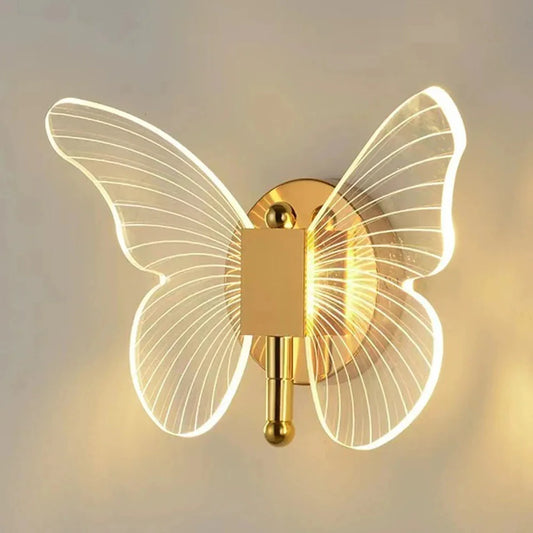

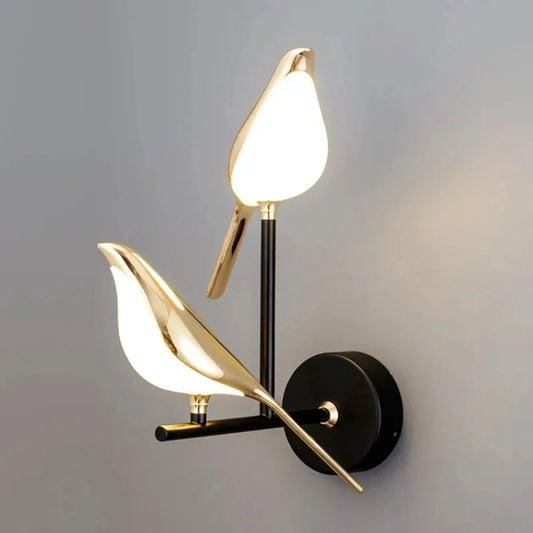

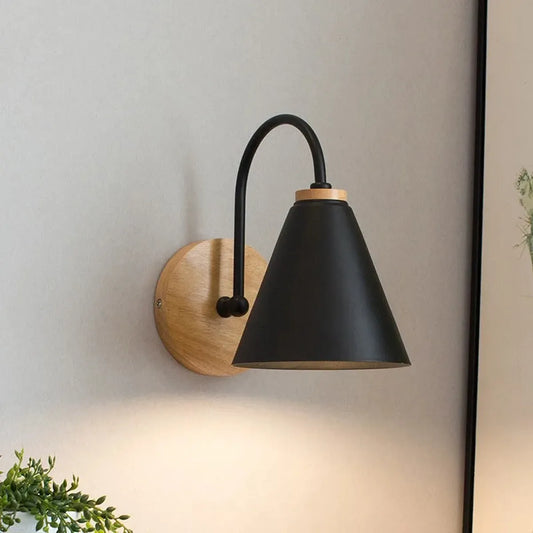

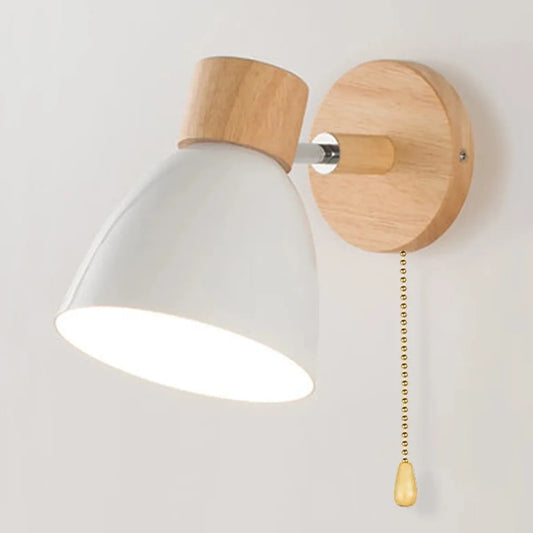



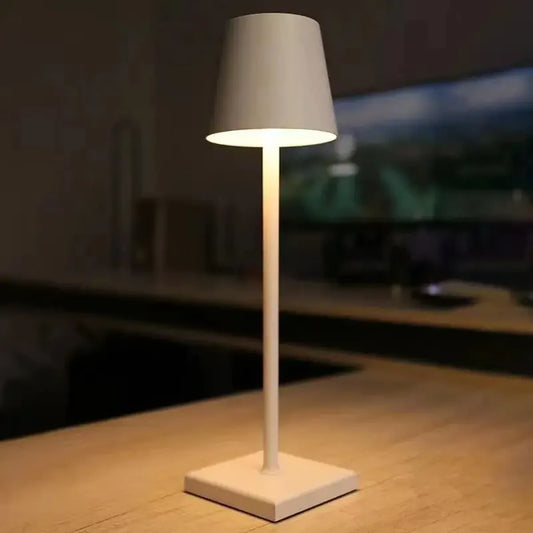

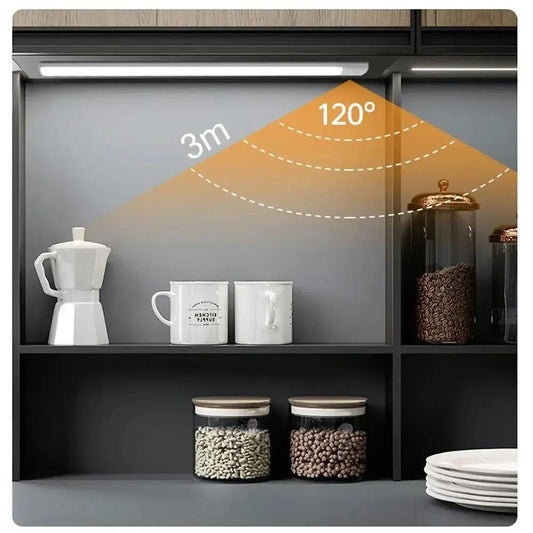

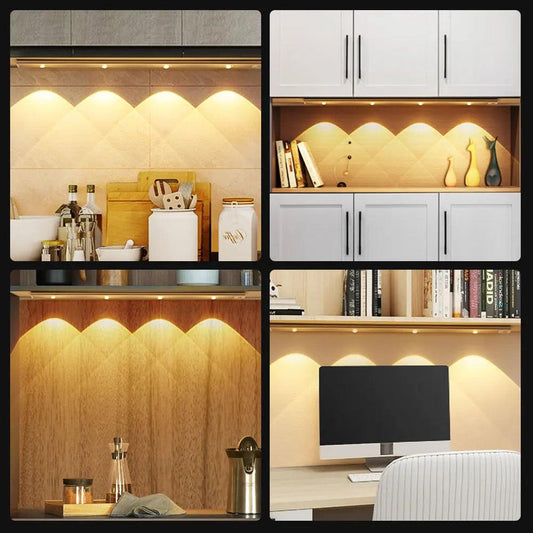



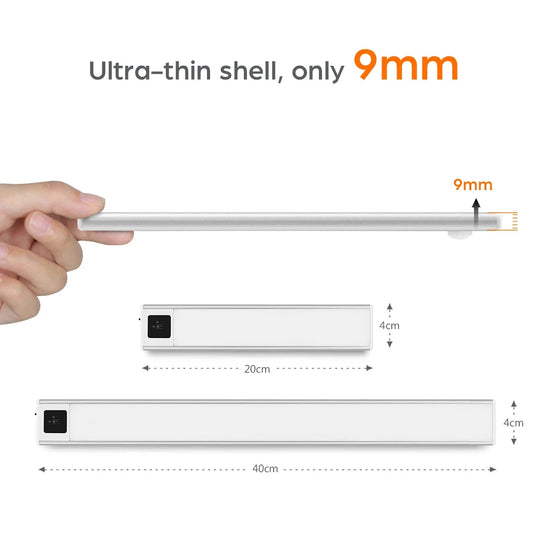

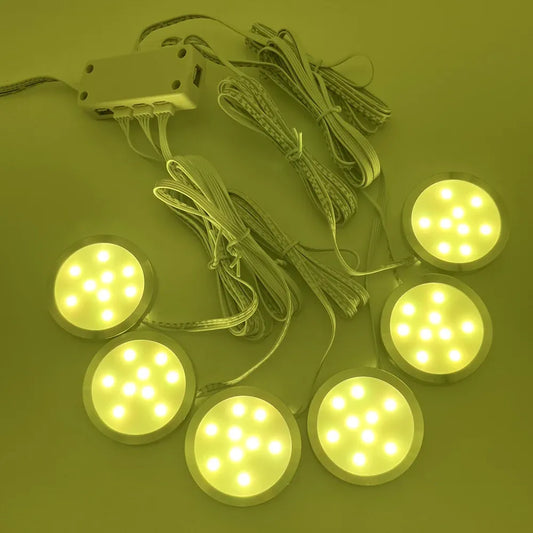





 />
/>
 />
/>
 />
/>
 />
/>
 />
/>